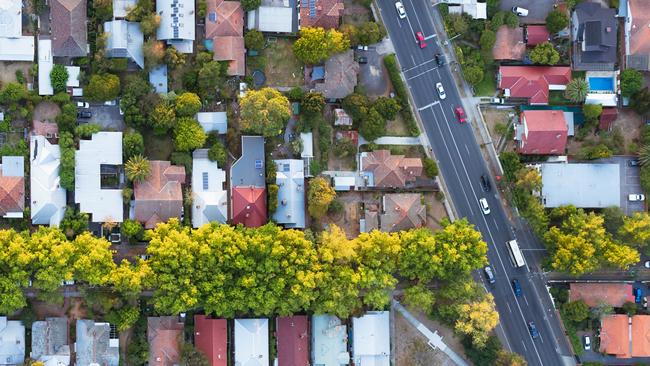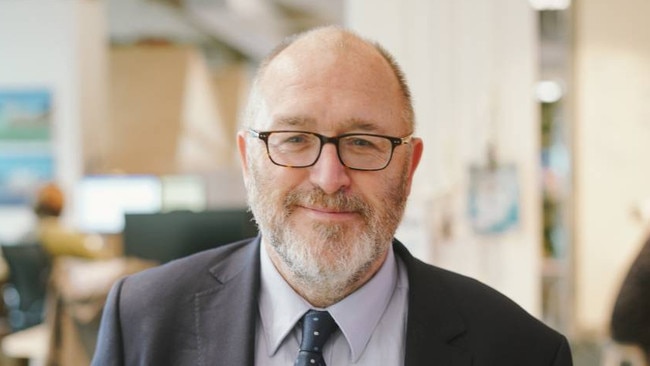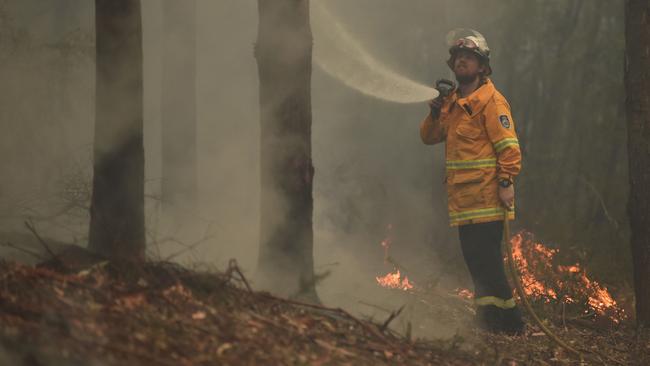Tim Williams: Let’s thank our firefighters with affordable housing
What better way to reward our hero firefighters, cops, and health workers than with affordable housing, writes Tim Williams.
Opinion
Don't miss out on the headlines from Opinion. Followed categories will be added to My News.
As NSW burns our thoughts turn inevitably to the immediate needs of the brave people from our community who work in front line services in this crisis — those in the fire, police and health services and the volunteers who support them in protecting our homes.
Are they safe? Do they have the resources they need? If they are injured will they be looked after and, god forbid, if they die in service will their families be cared for?
This emphasis is commendable and recognises the short term needs of the key individuals who protect our lives, properties and indeed quality of life.

But I ask: what else do we need to do, and not just now, but going forward?
And not just to reward these existing heroes of our community, but to ensure we continue to attract in the numbers we will need, replacements for such workers and indeed volunteers when required?
Clearly, the award by the Federal Government of $6000 to volunteers is a significant initiative and has been welcomed across the nation, on all sides of politics. But I think we should and can go further.
I propose a Key Worker Housing initiative for our emergency workers: Homes Fit for Heroes.
Given that it takes perhaps 10-11 times the salary of a firey to buy any kind of home in Sydney — and more in central locations — it is no surprise that such key workers feel housing stress along with other pressures of their job.
Whether it’s to buy or rent, most of Greater Sydney has become unaffordable for our modestly-paid emergency workers.
We all know police or fire service employees who travel in to our metropolis from locations that are sometimes hours away from where they work.
Every morning a policeman from the Central Coast parks outside my Manly home by 7am in the morning ready for work in Sydney. This cannot be right either for him or us as a society.
Such a story can be told over and over again and is not confined to the police. It is as true of our fire service and our health workers.
We have to do better by them. I think we need to go back to the future to serve their housing needs – and not just in Sydney but wherever our emergency service men and women experience housing stress.

I say “look back to go forward” because in Australia as in the UK, government used to both directly provide housing to such key workers or subsidise their housing costs.
There were lots of “police houses”, fire stations might house some young unattached workers and hospitals regularly provided cheap rented accommodation on site for nurses and doctors.
Let’s be inspired by this history to innovate again in the service of those who serve us.
We need a new generation of Key Worker homes. There can be a spectrum of such homes offered, with different tenures. They could be rented at sub-market rates to both provide housing but also to enable young workers to save for a deposit when they seek to buy.
They could be affordable homes for sale, perhaps in the form of what, in the UK, they call “shared equity”. That is to say, homes that can be part-rented and part-purchased which over time can be possessed outright by first time Key Worker buyers.
Such sub-market schemes are common in the UK where the planning system in London for example can require the private sector provides up to 40 such homes for every 100 built even on private land, and where accommodation is being provided, depending on location and status of the occupier, at 50-80% of the usual rental rate.
While we don’t have even this requirement in the NSW planning system Boris Johnson’s new government is under pressure to do more, particularly for key workers — and particularly on public land.
Government agencies of all kinds in London and other areas in housing stress are tasked to find land surplus to their requirements on which affordable housing can be built.
This last point is crucial to the success of my proposal in NSW and indeed Australia.
I propose governments immediately task their officials with designing a key worker housing initiative on public land, offering both sub-market rental and shared equity products targeted at our community’s heroes.

Governments can provide these homes directly on their own land, merely using contractors to build them and community housing providers to manage them.
Or they might prefer to partner with private sector developers, with funding sourced possibly from industry super funds (of which many emergency workers will be members).
If it’s the latter, we as a community need to give politicians permission to provide the crucial element to this innovation which is that they can sell public land at less than top dollar.
This is the key to success in the London market: the public sector takes less cash for their land to achieve more affordable housing on it.
There are many alternatives. This is not a technically difficult matter to sort. It just needs political will.
Let’s tell the politicians this is what we as a community want for our key workers. At present many of our heroes are protecting our property when they cannot afford to own themselves.
That’s not good enough. Is it?
Dr Tim Williams is Head of Cities in Australasia for global consultancy Arup, is former CEO of the Committee for Sydney, and was the senior housing advisor in the last Blair government.
